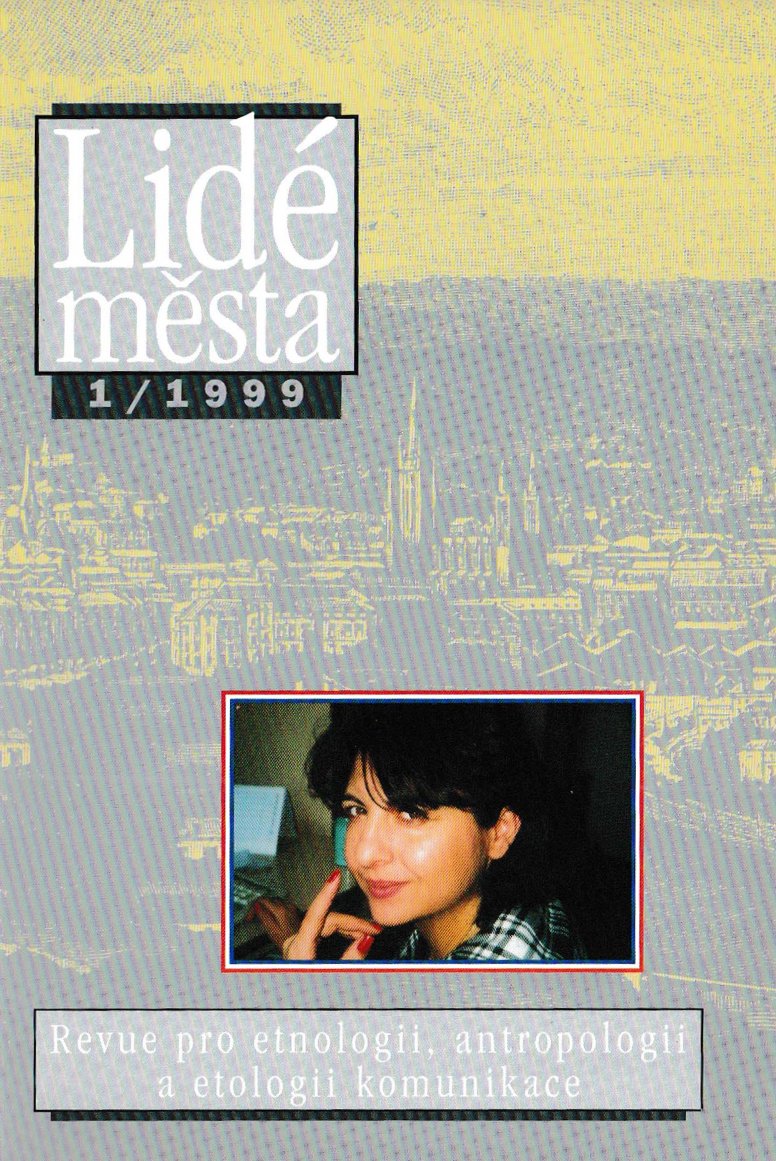Důsledky rozdělení Československa na život obyvatelstva moravsko-slovenského pomezí
DOI:
https://doi.org/10.14712/12128112.3964Abstrakt
In 1992 the Czech and Slovak Federal Republic was divided on the basis of an agreement of political representations into two, quite independent states - the Czech Republic and Slovakia - with the validity on January 1, 1993. Due to this, the internal, regional bounds at the Slovak-Moravian border region become a state border. When the division of Czechoslovakia was being prepared, the population along both sides of the Moravian-Slovak border was persuaded that the new situation will not affect its day-to-day life, evidently on political grounds and in order to calm it down. However, the first period after the emergence of the new nations showed that it was not so. Problems arose in railway and bus traffic, postal service, financial questions (the separation of currency systems), bilateral employment, education, the health care system and the question of state citizenship. It appeared that the original political intention that the division will not, if possible, affect the population, was not fulfilled. Administrative, economic and communication obstacles have caused the two population groups to drift apart.
Stahování
Publikováno
Jak citovat
Číslo
Sekce
Licence

Tato práce je licencována pod Mezinárodní licencí Creative Commons Attribution-NonCommercial-NoDerivatives 4.0.


